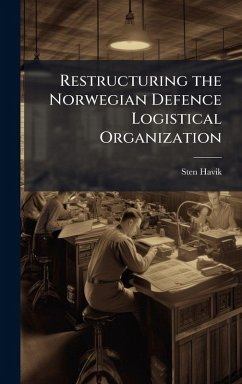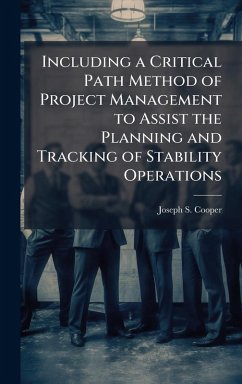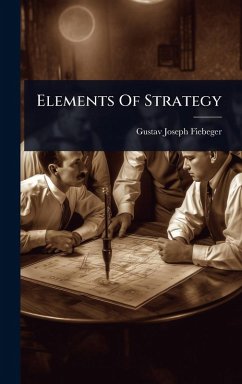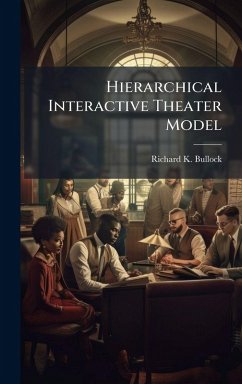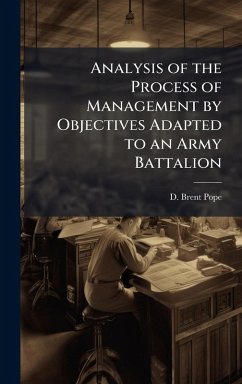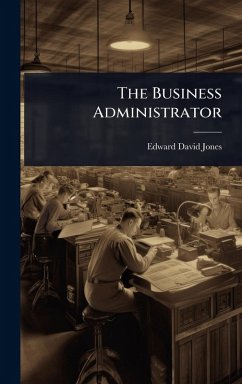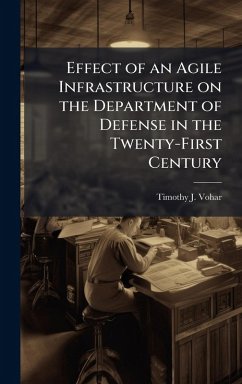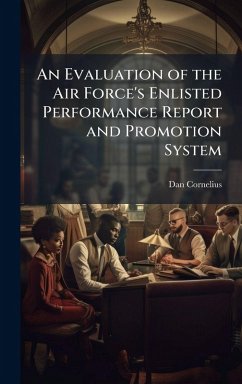
Trust and Partnering With the Joint Team
Versandkostenfrei!
Versandfertig in über 4 Wochen
25,99 €
inkl. MwSt.
Weitere Ausgaben:

PAYBACK Punkte
13 °P sammeln!
The 19th Chief of Staff of the Air Force (CSAF) listed five priorities in the 2008 Air Force Strategic Plan, the second of which is to "Partner with the Joint and Coalition team to win today's fight." To identify priority areas to improve supporting the Joint team, the CSAF Executive Action Group surveyed all Combatant Commanders, their Air Component Commanders, and several senior Air Force mentors. The surveys did not include members of Coalition teams leading to this study being focused solely on Joint Partnering. The comments from the survey concluded that trust may be the most fundamental ...
The 19th Chief of Staff of the Air Force (CSAF) listed five priorities in the 2008 Air Force Strategic Plan, the second of which is to "Partner with the Joint and Coalition team to win today's fight." To identify priority areas to improve supporting the Joint team, the CSAF Executive Action Group surveyed all Combatant Commanders, their Air Component Commanders, and several senior Air Force mentors. The surveys did not include members of Coalition teams leading to this study being focused solely on Joint Partnering. The comments from the survey concluded that trust may be the most fundamental issue requiring attention between the Air Force and the Joint team. To fully understand the issue, this study discusses the factors that have been shown to contribute to the development of trust, how the Air Force can best increase trust and use it as a mechanism to increase combat effectiveness with the Joint team. Because trust is difficult if not impossible to quantify, understanding its components allows a more comprehensive analysis. The "Cycle of Trust" concept introduced in this paper emphasizes the need to address all individual components of the problem before trust can be realized. Finally, the authors apply trust theories to the specific task of increasing trust within the Joint team. The recommendations provided are informed by a year of dedicated study and many years of experience on the part of the interviewees. This work has been selected by scholars as being culturally important, and is part of the knowledge base of civilization as we know it. This work was reproduced from the original artifact, and remains as true to the original work as possible. Therefore, you will see the original copyright references, library stamps (as most of these works have been housed in our most important libraries around the world), and other notations in the work. This work is in the public domain in the United States of America, and possibly other nations. Within the United States, you may freely copy and distribute this work, as no entity (individual or corporate) has a copyright on the body of the work. As a reproduction of a historical artifact, this work may contain missing or blurred pages, poor pictures, errant marks, etc. Scholars believe, and we concur, that this work is important enough to be preserved, reproduced, and made generally available to the public. We appreciate your support of the preservation process, and thank you for being an important part of keeping this knowledge alive and relevant.



